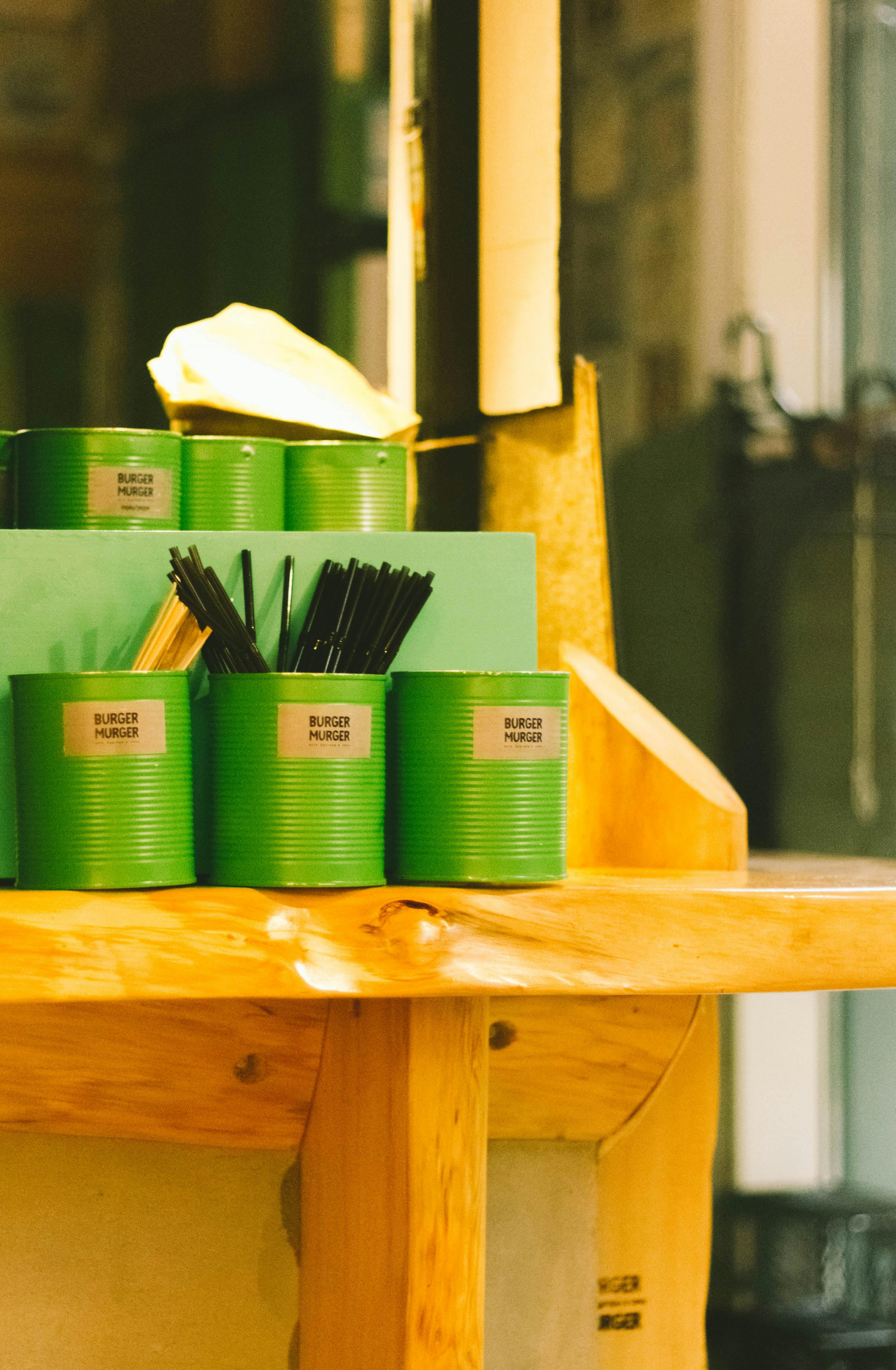Ever opened your pantry only to find stale cereal or flour infested with bugs? Keeping your dry foods fresh and safe can be a real challenge without the right storage solutions. That’s where large dry food storage containers come to the rescue.
These containers not only help you organize your kitchen but also extend the shelf life of your groceries. Whether you’re a busy parent, an avid baker, or just someone who loves a well-organized kitchen, investing in the right storage can make a world of difference. Ready to dive into the world of large dry food storage containers? Let’s explore how they can transform your pantry into a haven of freshness and order.
Understanding Dry Food Storage Containers
Large dry food storage containers offer many benefits for organizing your pantry and extending the shelf life of groceries. Whether storing bulk items or everyday essentials, selecting the right storage can significantly impact your kitchen’s functionality.

The Importance of Container Size
Choosing the correct container size depends on your storage needs. For bulk purchases, larger containers reduce frequent refilling. Ensure the containers fit your pantry shelves to optimize space. Oversized containers can waste space if not properly measured. Measure the pantry space for accurate container size selection.
Different Container Materials
Plastic, glass, and metal are common materials for dry food storage containers. Plastic containers are lightweight and durable, useful for easy handling and stacking. Glass containers provide a clear view of contents and are non-reactive, maintaining food flavor. Metal containers are robust and block light, preserving food quality. Select the material based on your pantry environment and food storage preferences.
Large dry food storage containers help you maintain an organized pantry, prolong food freshness, and streamline kitchen activities.
Benefits of Large Dry Food Storage Containers
Large dry food storage containers help you maintain freshness, organization, and extend the shelf life of groceries.
Space Efficiency and Organization
Large containers maximize pantry space, reducing clutter. They stack easily, making it simple to store various items. Transparent designs allow you to see contents without opening, saving time. Labels on containers help quickly identify contents.
Budget-Friendly and Waste Reduction
Buying in bulk saves money. Large containers store bulk items securely, preventing spoiling. Having a large container reduces waste by maintaining food freshness. Investing in durable containers means fewer replacements, saving you money in the long run.
Selecting the Right Container
Choosing the right container ensures your dry food stays fresh and your pantry stays organized.
Assessing Capacity Needs
Determine how much dry food you store regularly. A family of four often needs a 10-15 quart container for bulk rice or flour. Check pantry space before buying large containers to avoid clutter.
Comparing Plastic, Glass, and Metal Options
Plastic containers are lightweight, durable, and affordable. They offer clear visibility and are easy to stack. However, they may absorb odors if not cleaned properly.
Glass containers are heavier but provide excellent visibility and don’t absorb odors. They are more fragile and generally more expensive, but they last a long time.
Metal containers are highly durable and provide a sleek look. They don’t allow visibility, so labeling is essential. Suitable for specific dry foods like coffee beans and tea.
Care and Maintenance Tips
« Unbelievably Easy Guide: How to Flock a Christmas Tree Perfectly Every Time
You Won’t Believe the Best Color Light for Sleep! Improve Your Rest with These Surprising Tips »
Large dry food storage containers need proper care for optimal performance. Follow these cleaning and maintenance guidelines to keep your containers in top condition.
How to Clean and Maintain
- Hand Wash: Use warm soapy water to clean your containers. Rinse thoroughly.
- Avoid Abrasives: Skip harsh scrubbing pads that can scratch surfaces.
- Dry Completely: Air dry or towel dry containers to prevent mold.
- Inspect Seals: Regularly check lids and seals for wear or damage. Replace if needed.
- Odor Management: For plastic containers, soak in baking soda solution to eliminate odors.
- Store Properly: Keep containers in a cool, dry place away from direct sunlight.
- Rotate Stock: Use a first-in, first-out system to maintain food freshness.
- Label Clearly: Mark containers with contents and dates for easy identification.
- Avoid Overloading: Do not fill containers beyond their capacity to avoid cracking.
- Check Regularly: Periodically assess for any signs of wear and tear, addressing issues immediately.
These practices ensure your storage containers remain effective and durable.
Conclusion
Choosing the right large dry food storage containers can make a world of difference in keeping your pantry organized and your food fresh. Whether you prefer plastic for its affordability, glass for its visibility, or metal for its durability, there’s a perfect option out there for you. Remember to consider your pantry space and the container size to avoid clutter.
Taking good care of your containers ensures they last longer and stay effective. Regular cleaning, proper storage, and clear labeling are just a few ways to maintain them. By following these tips, you’ll enjoy a well-organized and efficient pantry for years to come. Happy organizing!















